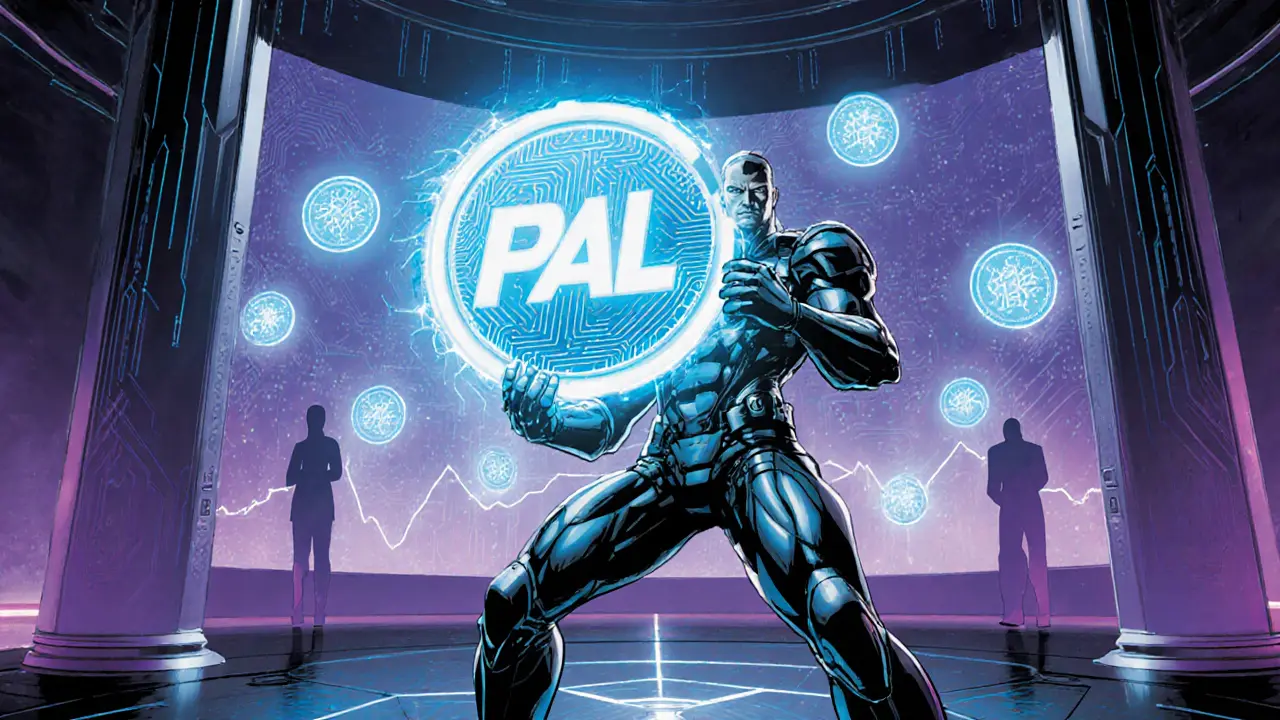Paladin (PAL) Crypto Coin Explained: Governance Lending Token Overview
Learn what Paladin (PAL) crypto coin is, how its governance‑lending model works, current market data, trading venues, backers, risks, and how to start using PAL.
When working with Governance Lending, a model where loan parameters are set by token‑holder votes rather than a central authority. Also known as community lending, it lets users influence interest rates, collateral types, and risk limits through on‑chain governance.
The foundation is Decentralized Finance (DeFi), a blockchain‑based financial system that removes traditional intermediaries. DeFi provides the smart‑contract infrastructure that automates loan disbursement and repayment without banks. Governance lending builds on that by adding a layer of collective decision‑making.
At the heart of the decision‑making is a DAO, a Decentralized Autonomous Organization where token holders propose and vote on protocol changes. In a DAO‑governed lending pool, proposals can tweak the collateralization ratio, adjust liquidation penalties, or launch new lending markets. This DAO structure ensures the protocol evolves with its community rather than a fixed roadmap.
Governance is powered by a Governance Token, a digital asset that grants voting rights and often earns a share of fees. The token’s utility is two‑fold: holders steer policy and earn rewards from the interest paid by borrowers. Token economics—supply, distribution, and vesting—directly affect how much influence any single participant wields.
Every loan still needs security, which is where Collateralized Lending, the practice of locking up assets to back a borrowed amount comes in. Smart contracts automatically seize collateral if the borrower’s position falls below the community‑set threshold. The collateral rules themselves are subject to DAO votes, so risk parameters can tighten during market stress or loosen in a bull run.
Because interest rates are set by the community, governance lending creates a feedback loop between borrowers, lenders, and token holders. Yield farming strategies often feed into this loop: users stake governance tokens to earn higher loan interest shares, while lenders earn token rewards for providing capital. This synergy can boost liquidity, but it also requires careful monitoring of token price volatility.
Real‑world examples illustrate the model’s flexibility. Some platforms let users vote to add new asset classes like NFTs as collateral, while others let the community decide on insurance pools that protect against extreme price moves. These decisions impact everything from tokenomics to regulatory posture, making governance lending a living, adaptive financial system.
Below you’ll find a curated list of articles that dive deeper into each piece of the puzzle—reviews of DeFi exchanges, analyses of DAO voting mechanisms, tokenomics breakdowns, and practical guides on staking and risk management. Use them to see how governance lending is shaping the future of crypto credit and how you can participate responsibly.

Learn what Paladin (PAL) crypto coin is, how its governance‑lending model works, current market data, trading venues, backers, risks, and how to start using PAL.